Lo que nos dice la forma. Etnografía de los archivos locales indígenas
DOI:
https://doi.org/10.22380/2539472X.1072Palabras clave:
historia, antropología, archivo, etnografía, purépechas, conocimiento localResumen
El componente diacrónico es un campo común en gran parte de las investigaciones antropológicas de los últimos años. Hoy se reclama la necesidad de hacer etnografía de las formas locales, más que del contenido, usadas para significar su propia historia, entre ellas los archivos. En estas páginas se encontrará un recorrido por cómo ciertos archivos comunales se han convertido en estructuras para interpretar el pasado y la actividad social.
Descargas
Referencias bibliográficas
Abercrombie, T. A. (1998). Pathways of Memory and Power. Ethnography and History Among an Andean People. Wisconsin: The University of Wisconsin Press.
Aguirre Beltrán, G. (1952). Problemas de la población indígena de la cuenca del Tepalcatepec. México D.F.: INI.
Alcina Franch, J. (1975). Historia como antropología. Ethnica, 7, 7-48.
Allen, Catherine J. (1993). Time, Place and Narrative in an Andean Community. Bulletin Société Suisse des Américanistes,57-58, pp.89-95.
Axel, Brian K. (2002). Introduction: Historical Anthropology and its Vicissitudes. En Axel, B. K. (ed.). From the Margins. Historical Anthropology and Its Future (pp. 1-44). Durham and London: Duke University Press.
Banerjee-Dube, I. (2007). Reading Time. En Dube, S. (ed.). Historical Anthropology (pp. 149-164). New Delhi: Oxford University Press.
Barabas, A. M. (2003). Introducción. Una mirada etnográfica sobre los territorios simbólicos indígenas. En Barabas, A. M. (coord.). Diálogos con el territorio. Simbolizaciones sobre el espacio en las culturas indígenas de México. Volumen III (pp. 15-37). México D.F.: INAH.
Barabas, A. M. (2008). Cosmovisiones y etnoterritorialidades en las culturas indígenas de Oaxaca. Antípoda, 7, 119-139.
Broda, J., Iwaniszewski, S. Montero, I. A. (coords.) (2007). La montaña en el paisaje ritual. México D.F.: Universidad de Puebla-CONACULTAUNAM.
Carrasco, P. (1976). El catolicismo popular de los tarascos. México D.F.: SEP-SETENTAS.
Carrasco, P. (1987a). Sobre la etnohistoria en Mesoamérica. En Pérez Zevallos, J. M. y Pérez, J. A. (comp.). La etnohistoria en Mesoamérica y los Andes (pp. 15-24). México D.F.: INAH.
Carrasco, P. (1987b). La etnohistoria en Mesoamérica. En Pérez Zevallos, J. M. y Pérez, J. A. (comp.). La etnohistoria en Mesoamérica y los Andes (pp. 35-37). México D.F.: INAH.
Castilleja, A. et al. (2003ª). Puréecherio, Juchá Echerio. El pueblo en el centro”. En Barabas, A. M. (coord.). Diálogos con el territorio. Simbolizaciones sobre el espacio en las culturas indígenas de México. Volumen III (pp. 249-329). México D. F: INAH.
Castilleja, A (2003b). La comunidad y el costumbre en la región purépecha. En Millán, S. y Valle, J. (coord.). La comunidad sin límites. Estructura social y organización comunitaria en las regiones indígenas de México. Volumen III (pp. 17-109). México D.F.: INAH.
Cohn, B. (1981). Toward a Rapprochement. Journal of Interdisciplinary History, 12(2), 227-252. DOI: https://doi.org/10.2307/203026
Cohn, B. (1987). “The Past of an Indian Village. En Cohn, B. An Anthropologist among the Historians and Other Essays (pp. 88-99). New Delhi: Oxford University Press.
Cohn, B. y Silvio, T. (2002). Race, Gender, and Historical Narrative in the Reconstruction of a Nation: Remembering and Forgetting the American Civil War. En Axel, B. K. (ed.). From the Margins. Historical Anthropology and Its Future (pp. 211-229). Durham and London: Duke University Press.
Comaroff, J. y Comaroff, J. (1992). Ethnography and the Historical Imagination. San Francisco: Westview Press.
Derrida, J. (1997). Mal de archivo. Una impression freudiana. Madrid: Editorial Trotta.
Dirks, N. B. (2002). Annals of the Archive: Ethnographic Notes on the Sources of History. En Axel, B. K. (ed.). From the Margins. Historical Anthropology and Its Future (pp. 47-65). Durham and London: Duke University Press.
Dube, S. (2001). Sujetos Subalternos. México D.F.: El Colegio de México.
Dube, S.(2007). Introduction. Anthropology, History, Historical Anthropology. En Dube, S. (ed.). Historical Anthropology (pp. 1-73). New Delhi: Oxford University Press.
Evans-Pritchard, E.E. (1990). Antropología e Historia. En Evans-Pritchard, E.E. Ensayos de Antropología Social (pp. 44-67). Madrid: Siglo XXI.
Faubion, J. D. (1993). History in Anthropology. Annual Review of Anthropology, 22, 35-54. DOI: https://doi.org/10.1146/annurev.an.22.100193.000343
Florescano, E. (2002). Memoria mexicana. México D.F.: Fondo de Cultura Económica.
Foucault, M. (1999). La arqueología del saber. México D.F.: Siglo XXI.
Geertz, C. (1994). Conocimiento local. Ensayos sobre la interpretación de las culturas. Barcelona: Paidós.
Geertz, C. (2003). La interpretación de las culturas. Barcelona: Gedisa.
Gomes da Cunha, O. M. (2004). Imperfect Tense: An Ethnography of the Archive. Maná, 10, 2, 287-322.
González, L.(1984). Pueblo en vilo. México D. F.: Fondo de Cultura Económica.
González, L. (1999). El oficio de historiar. Michoacán: El Colegio de Michoacán, Zamora.
Jain, R. (2007). Genealogy and Legend. En Dube, S. (ed.). Historical Anthropology (pp. 129-148). New Delhi: Oxford University Press.
Le Goff, J. (1992). History and Memory. New York: Columbia University Press.
Lévi-Strauss, C. (2000). Historia y etnología. En Lévi-Strauss, C. Antropología Estructural (pp. 43-72). Barcelona: Paidós.
Lévi-Strauss, C. (2005). Historia y dialéctica. En Lévi-Strauss, C. El pensamiento salvaje (pp. 355-390). Madrid: Fondo de Cultura Económica.
Manoff, M. (2004). Theories of the Archive from Across the Disciplines. Libreries and the Academy, 4(1), 9-25. DOI: https://doi.org/10.1353/pla.2004.0015
Martínez Marín, C. (1987). La etnohistoria: un intento de explicación. En Pérez Zevallos, J. M y Pérez, J. A. (comp.). La etnohistoria en Mesoamérica y los Andes (pp. 39-63). México D.F.: INAH.
Muñoz Morán, Ó. (2009a). Permanencia en el tiempo. Antropología de la historia en la comunidad purhépecha de Sevina. México: El Colegio de Michoacán, Zamora.
Muñoz Morán, Ó. (2009b). Historia y tiempo histórico en una comunidad purépecha: el Más Antes, el Antes y el Antes…Ahorita. Revista Española de Antropología Americana, 39(2), 115-137.
Muñoz Morán, Ó. (2009c). Lugares del ‘más antes’. El cerro y el pueblo en la historia purépecha. Relaciones, XXX (119), 159-190.
Ohnuki-Tierney, E. (ed.) (1990). Culture Through Time: Anthropological Approaches. Stanford: Stanford University Press.
Pels, P. (1997). The Anthropology of Colonialism: Culture, History, and the Emergence of Western Governmentality. Annual Review of Anthropology, 26, 163-183. DOI: https://doi.org/10.1146/annurev.anthro.26.1.163
Pérez Zevallos, J. M. (2001). La Etnohistoria en México. Desacatos 7, 103-110.
Pitarch, P. (1996). Animismo, colonialismo y la memoria histórica tzetal. Revista Española de Antropología Americana, 26, 183-203.
Platt, T. (1992). Writing, Shamanism and Latin American Identity; or Voices from Abya-Yala”. History Workshop, 34, 132-147. DOI: https://doi.org/10.1093/hwj/34.1.132
Platt, T. (1997). El sonido de la luz. Comunicación emergente en un diálogo chamánico quechua. En Bouysse-Cassagne, T. (comp.). Saberes y memorias en los Andes (pp. 401-433). Lima: CREDAL-IFEA.
Platt, T., Bouysse-Cassagne, T. y Harris, O. (2006). Qaraqara-Charka. Mallku, Inka y Rey en la provincial de Charcas (siglos XV-XVII). La Paz: IFEA, Plural, University St. Andrews, University of London, Inter American Foundation, Fundación Cultural BCB. DOI: https://doi.org/10.4000/books.ifea.7889
Price, R. (2002). First-Time. The Historical Vision of an African American People. Chicago: The University of Chicago Press.
Rappaport, J. (1985). History, Myth, and the Dynamics of Territorial Maintenance in Tierradentro, Colombia. American Ethnologist,12(1), 27-45. DOI: https://doi.org/10.1525/ae.1985.12.1.02a00020
Rappaport, J. (1988). History and Everyday Life in the Colombian Andes. Man, 23(4),718-739. DOI: https://doi.org/10.2307/2802601
Rappaport, J. (2000). La política de la memoria. Interpretación indígena de la historia en los Andes Colombianos. Popayán: Universidad del Cauca.
Rappaport, J. (2005). Cumbe renaciente. Una historia etnográfica andina. Bogotá: Instituto Colombiano de Antropología e Historia.
Ricoeur, P. (1995). Tiempo y narración. La configuración del tiempo en el relato histórico. Madrid: Siglo XXI.
Ricoeur, P. (2003). La memoria, la historia, el olvido. Madrid: Editorial Trotta.
Rojas, J. L. de (1989). Tendencias de la etnohistoria del México Central. Revista de Indias, 49 (185), 195-204.
Rojas, J. L. de (1997). El indio evanescente. El estudio de la América Colonial (1). Anales del Museo de América, 5, 53-72.
Rojas, J. L. de (2008a). La Etnohistoria de América. Los indígenas, protagonistas de su historia. Colección Paradigma Indicial, Serie Historia Americana. Buenos Aires: Editorial SB.
Rojas, J. L. de (2008b). La historia de México contando con los indios. Conferencia presentada en el Coloquio Internacional Échanges et Constructions Culturelles dans les mondes ibériques. Université de Toulouse-Le Mirail, celebrado del 13 al 15 de noviembre.
Rosaldo, R. (1980). Ilongot Headhunting, 1983-1974. A Study in Society and History. Stanford: Stanford University Press.
Roskamp, H. (2003). Iconografía de un pleito: el Lienzo de Aranza y la conflitividad política en la sierra tarasca, siglo XVII. En Paredes Martínez, C. y Terán, M. (coords.). Autoridad y gobierno indígena en Michoacán Vol. I. (pp. 217-240). Michoacán: El Colegio de Michoacán, Ciesas, INAH, UMSNH, Zamora.
Roskamp, H. (2004). El Lienzo de Nahuatzen: origen y territorio de una comunidad de la sierra tarasca, Michoacán. Relaciones,XXV(100), otoño, 279-311.
Roth-Seneff, A. y Roskamp, H. (2004). El paisaje prehispánico y la tradición oral en la Meseta Purépecha. En Cardenas, E. (coord.). Tradiciones arqueológicas (pp. 25-53). México: El Colegio de Michoacán, Gobierno del Estado de Michoacán.
Sahlins, M. (1990). The Political Economy of Grandeur in Hawai from 1810 to 1830. En Ohnuki-Tierney, E. (ed.). Culture Through Time: Anthropological Approaches (pp 26-56). Stanford: Stanford University Press.
Sahlins, M. (1992). Historical Ethnography. Kirch, P. V. y Sahlins, M (orgs.) Anahulu. The Anthropology of History in the Kingdom of Hawaii. Vol 1. Chicago and London: The Chicago University Press.
Sahlins, M. (1997). Islas de historia. La muerte del capitán Cook. Metáfora, antropología e historia. Barcelona: Gedisa.
Salomón, F. (2001). Una etnohistoria poco étnica. Nociones de lo autóctono en una comunidad campesina peruana. Desacatos, 7, 65-84.
Stoler, A. (2000). Castings for the Colonial: Memory Work in ‘New Order’ Java. Comparative Studies in Society and History, 42(1), 4-48. DOI: https://doi.org/10.1017/S0010417500002589
Stoler, A. (2002). Colonial Archives and the Arts of Governance. Archival Science, 2, 87-109. DOI: https://doi.org/10.1007/BF02435632
Taussig, M. (1986). Shamanism, Colonialism, and the Wild Man. A Study in Terror and Healing. Chicago and London: The University of Chicago Press.
Thomas, K. (1989). Historia y Antropología. Historia Social, 3, invierno, 62-80.
Thompson, E. P. (1997). Folclor, Antropología e Historia Social. En Thompson, E.P. Historia Social y Antropología (pp. 55-82). México: Instituto Mora.
Visvanathan, S. (2007). Reconstructions of the Past. En Dube, S. (ed.). Historical Anthropology (pp. 165-172). New Delhi: Oxford University Press.
Wachtel, N. (2001). El regreso de los antepasados. Los indios urus de Bolivia, del siglo XX al XVI. El Colegio de México, Fideicomiso Historia de las Américas. México D.F.: Fondo de Cultura Económica.
White, H. (1992). El contenido de la forma. Narrativa, discurso y representación histórica. Barcelona: Paidós.
Wickham, C. (1989). Comprender lo cotidiano: Antropología social e historia social. Historia Social, 3, 115-128.
Wolf, E. (2001). Figurar el poder. Ideologías de dominación y crisis. México D.F.: CIESAS.




















